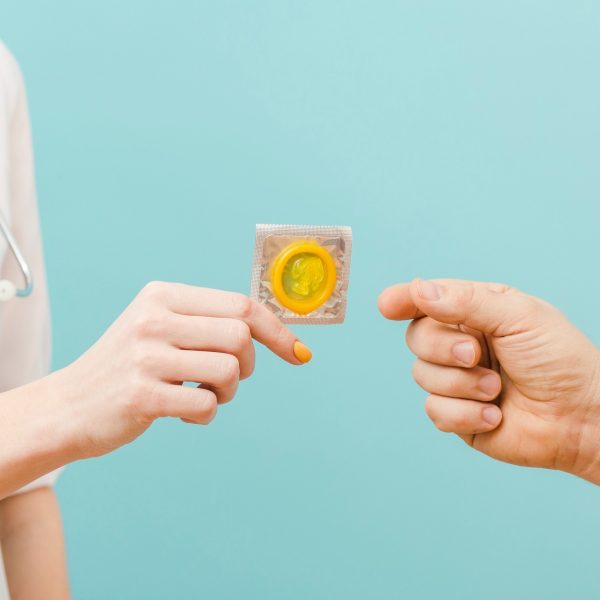Is it common for you to experience bad gas, bloating, diarrhoea, and stomach cramps after eating cheese or consuming a glass of milk? If so, you may be lactose intolerant. The manifestations of this condition may be embarrassing and put you into tough situations. However, with proper precaution and care you can save yourself from being caught with an egg on your face.
The science behind it..
The sugar found in milk is called lactose.
Lactase is an enzyme, made in the small intestine that helps our bodies digest lactose. So, those who have trouble digesting lactose don’t produce enough lactase.
Milk sugar is broken down by lactase into glucose and galactose which are easily absorbed by the body through the intestinal tract.
If you don’t produce enough lactase, the lactose in your diet will be passed through your body without being absorbed. The symptoms of lactose intolerance result from the actions of bacteria on unprocessed lactose in the intestines.
Types of Lactose Intolerance
Primary lactose intolerance
Individuals with primary lactose intolerance, the most prevalent form, have enough lactase production early in life. Lactase is essential for infants since they must rely on breast milk for sustenance. As they grow up the amount of lactase in their bodies usually drops to a normal limit which allows the absorption of Lactose. Milk products are difficult to digest in those with primary lactose intolerance because lactase synthesis drops dramatically by maturity.
Secondary lactose intolerance
This type of lactose intolerance develops when the small intestine stops producing as much lactase as usual due to an illness, injury, or surgery. Intestinal infections, celiac disease, bacterial overgrowth, and inflammatory bowel diseases (such as Crohn’s) are all linked to secondary lactose intolerance.
While it may take time for lactase levels and symptoms to recover after treatment of the underlying condition, improvement is possible.
Congenital Lactose Intolerance
Lack of lactase at birth is uncommon but plausible. Both parents need to pass on the same gene mutation for this condition to be handed down through the generations and cause symptoms in a kid. Insufficient lactase levels can also induce lactose intolerance in premature newborns.

Living with Lactose intolerance
Some people can digest milk products normally even though their lactase levels are low. However, extremely Low levels cause lactose intolerance, which manifests as discomfort on Consumption of dairy products triggering symptoms such as abdominal pain, gas, and diarrhoea.
The symptoms of the illness, which is also known as lactose malabsorption, are annoying yet harmless. Most people who have lactose intolerance can find ways to live with it without eliminating dairy from their diet. All you need to do is understand the illness.
All regular dairy products constitute certain amounts of lactose.
If you’re lactose intolerant, it’s always crucial to examine the label of processed goods. Don’t pick up goods from the aisle without checking if they are lactose-free. Baked products, creamy sauces, chips, and pre-made meals all may have traces of lactose.
Those who are lactose intolerant typically only have problems with large amounts of lactose and can tolerate smaller amounts. For instance, it may be easier to digest milky coffee as compared to a bowl of milk porridge.
Butter, yoghurt, and hard cheeses may be more easily absorbed by your body than milk. It is important not to give up dairy completely. You should incorporate small amounts of dairy in your meals to develop tolerance.
Another solution is to consume powdered lactase enzymes to help digest the milk products that you will be consuming.
You can also try alternative dairy products that do not contain or contain very low levels of lactose such as soy products: soy milk, icecream.
Take Away
If you don’t have enough of the enzyme lactase, you can experience some of the unpleasant side effects associated with lactose intolerance. Abdominal pain and diarrhoea are among the possible post-meal symptoms. Many people have trouble digesting lactose, but it’s easy to minimise or reduce lactose consumption by making a few simple changes to your diet. If you’re worried about having a dairy intolerance, know that there are plenty of dairy-free meals and drinks you may enjoy, as well as several treatments that can help avoid or lessen the severity of any adverse reactions you might have.























Share this article